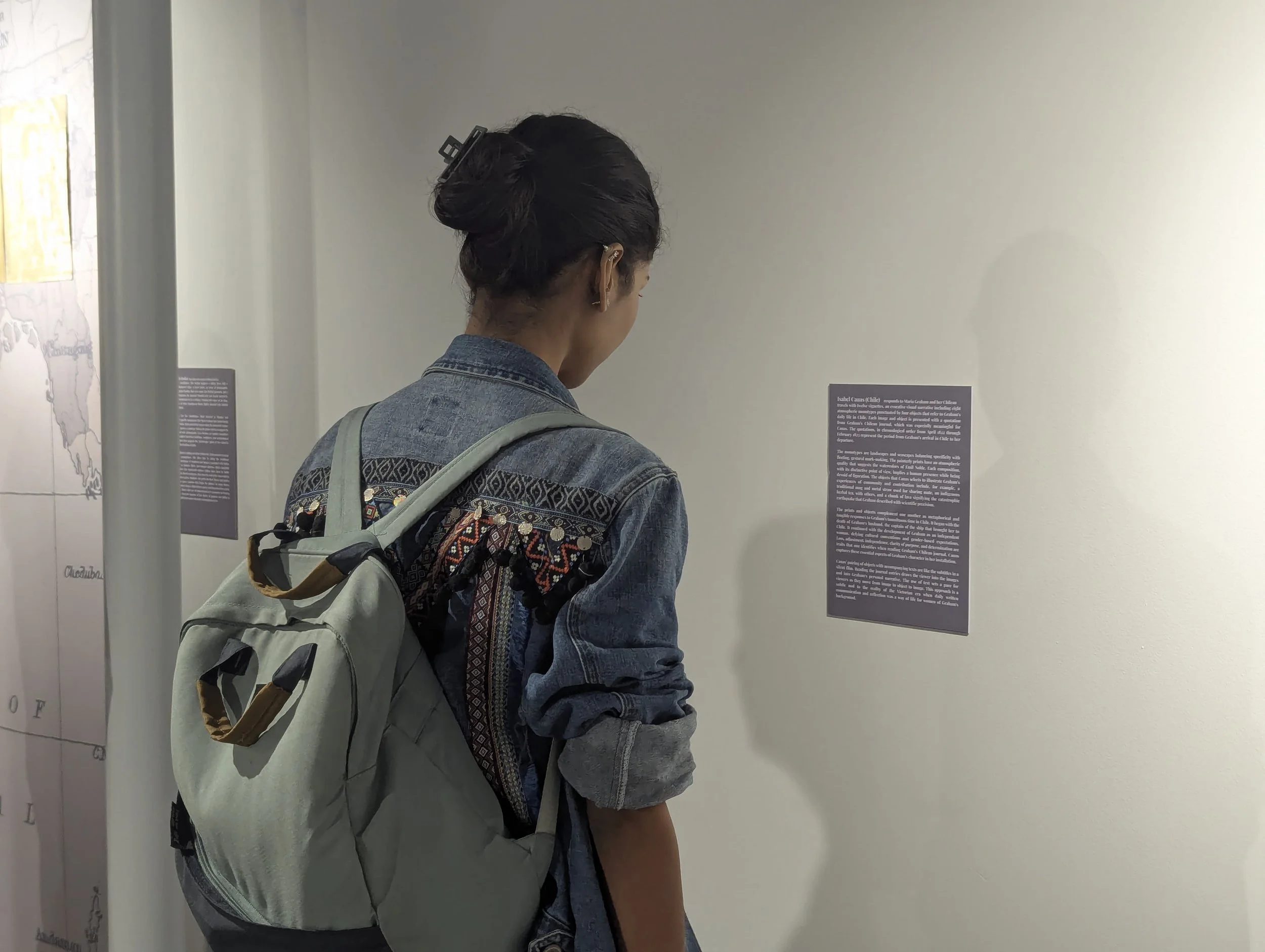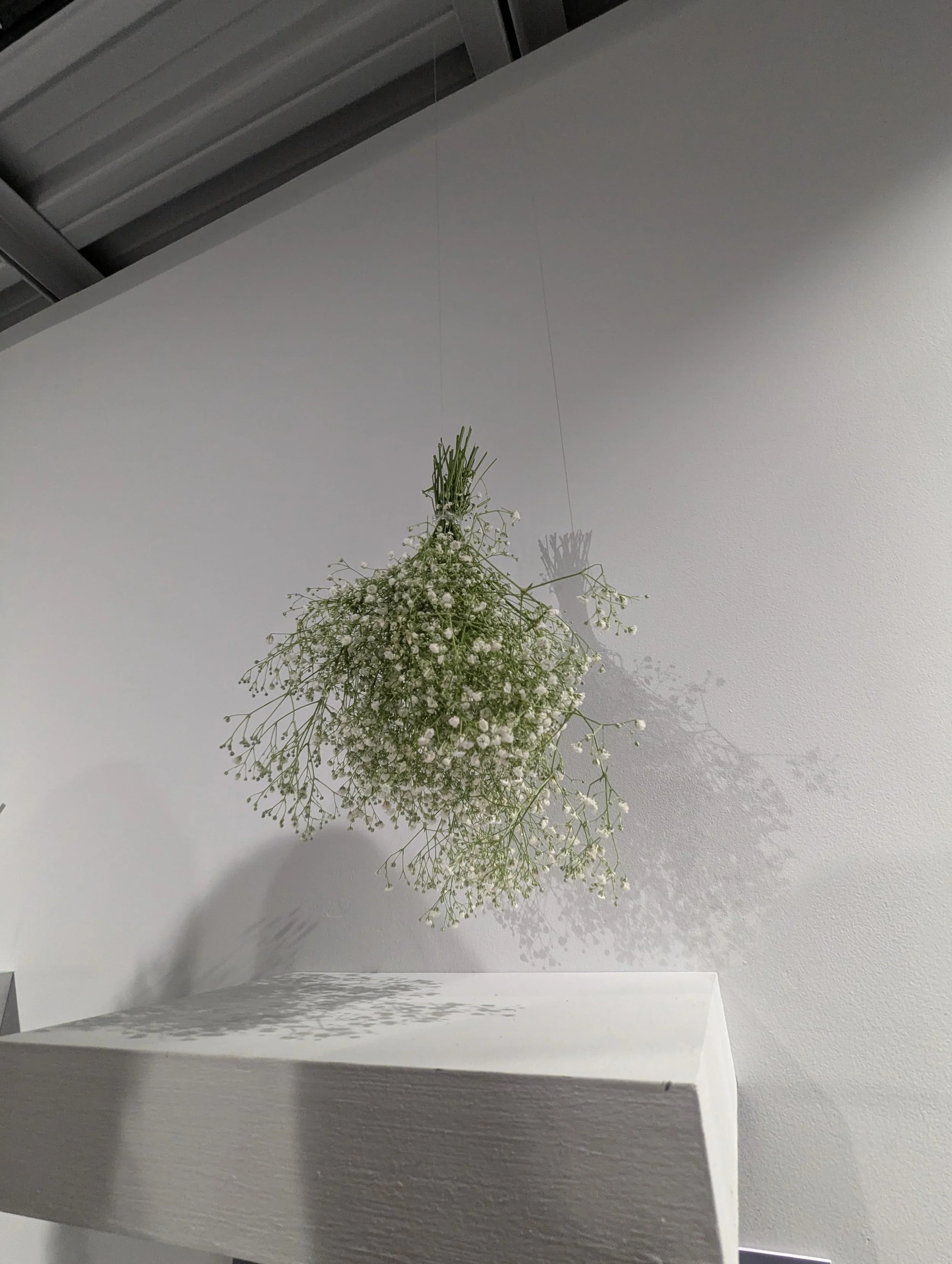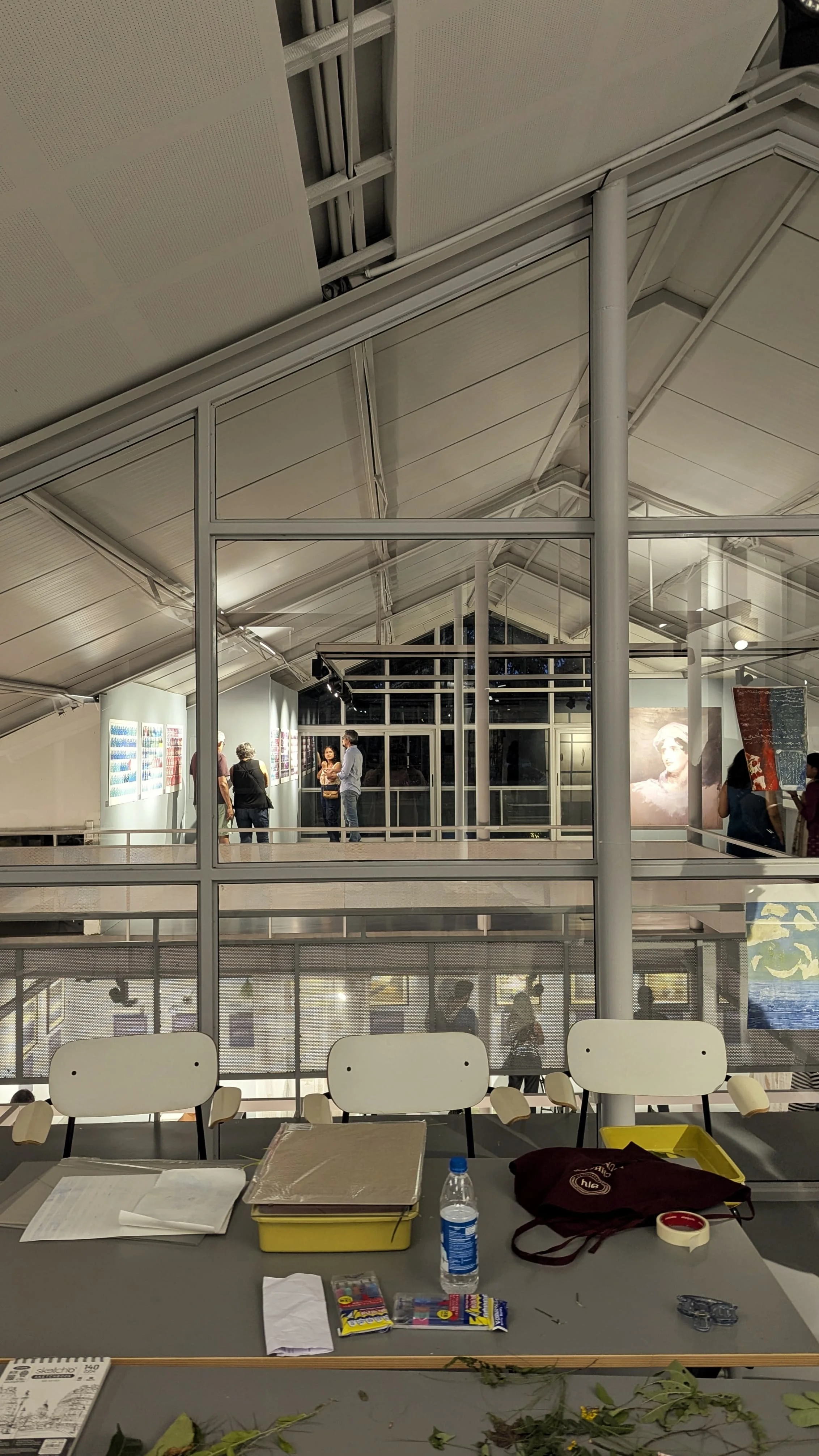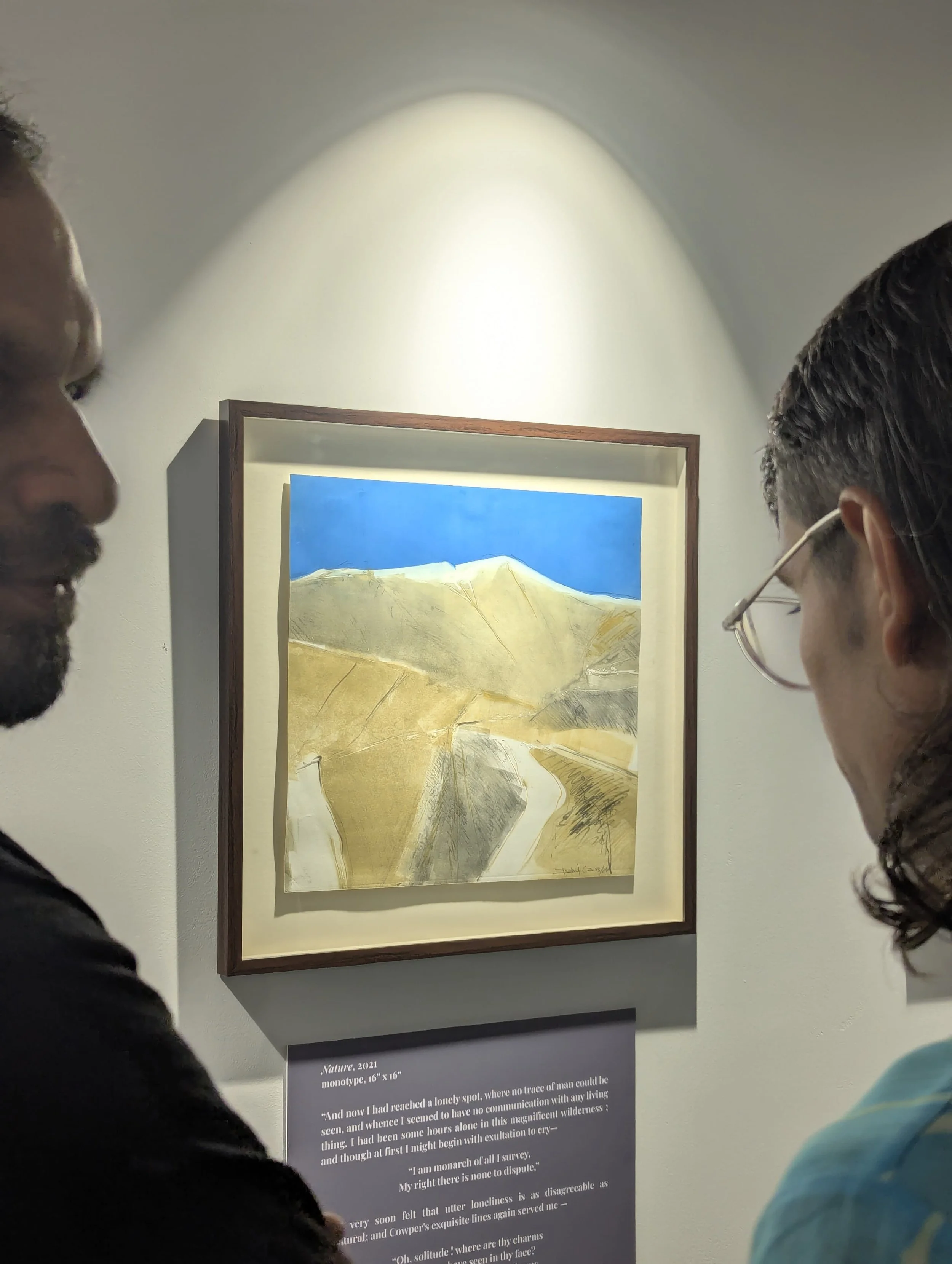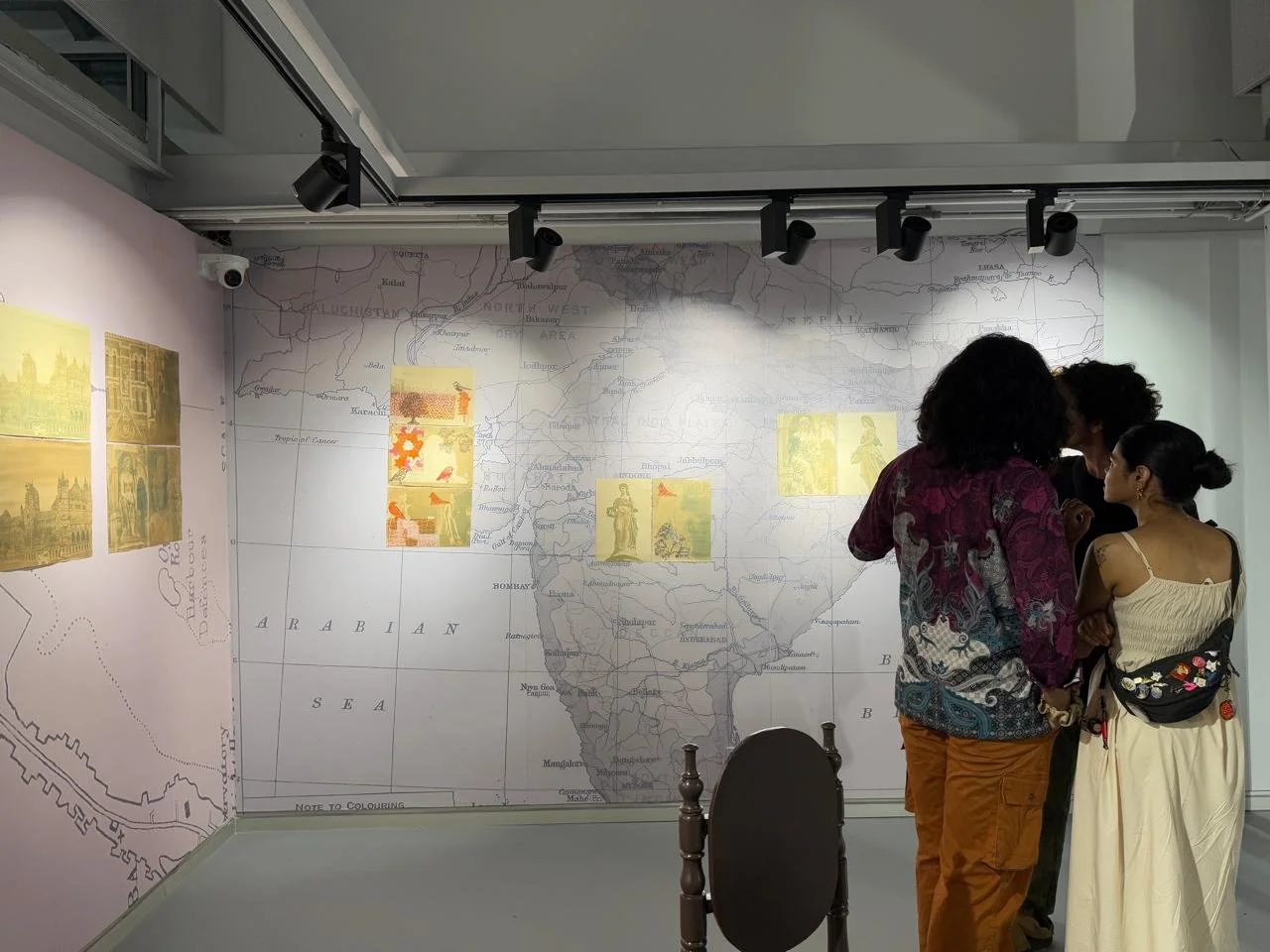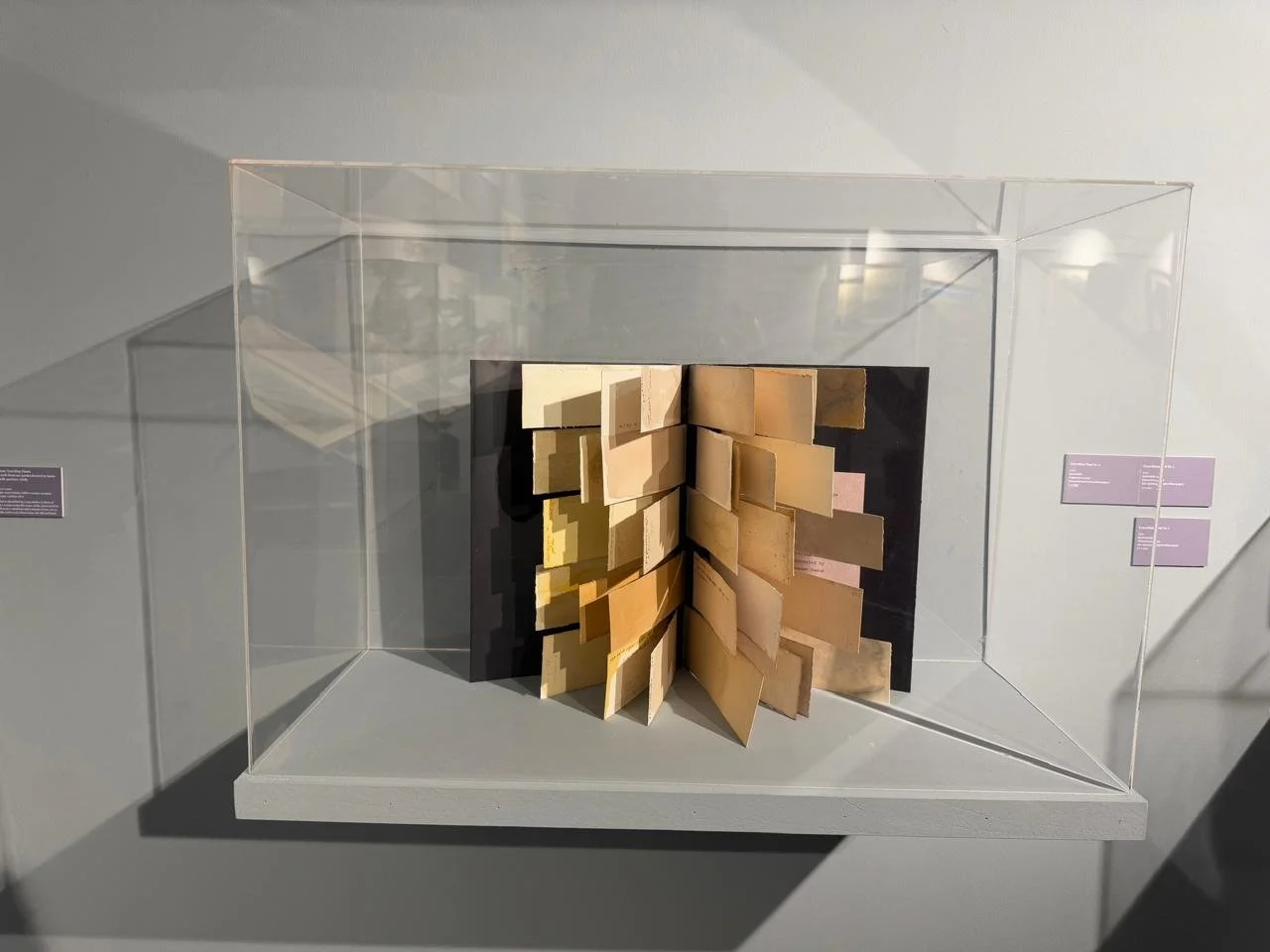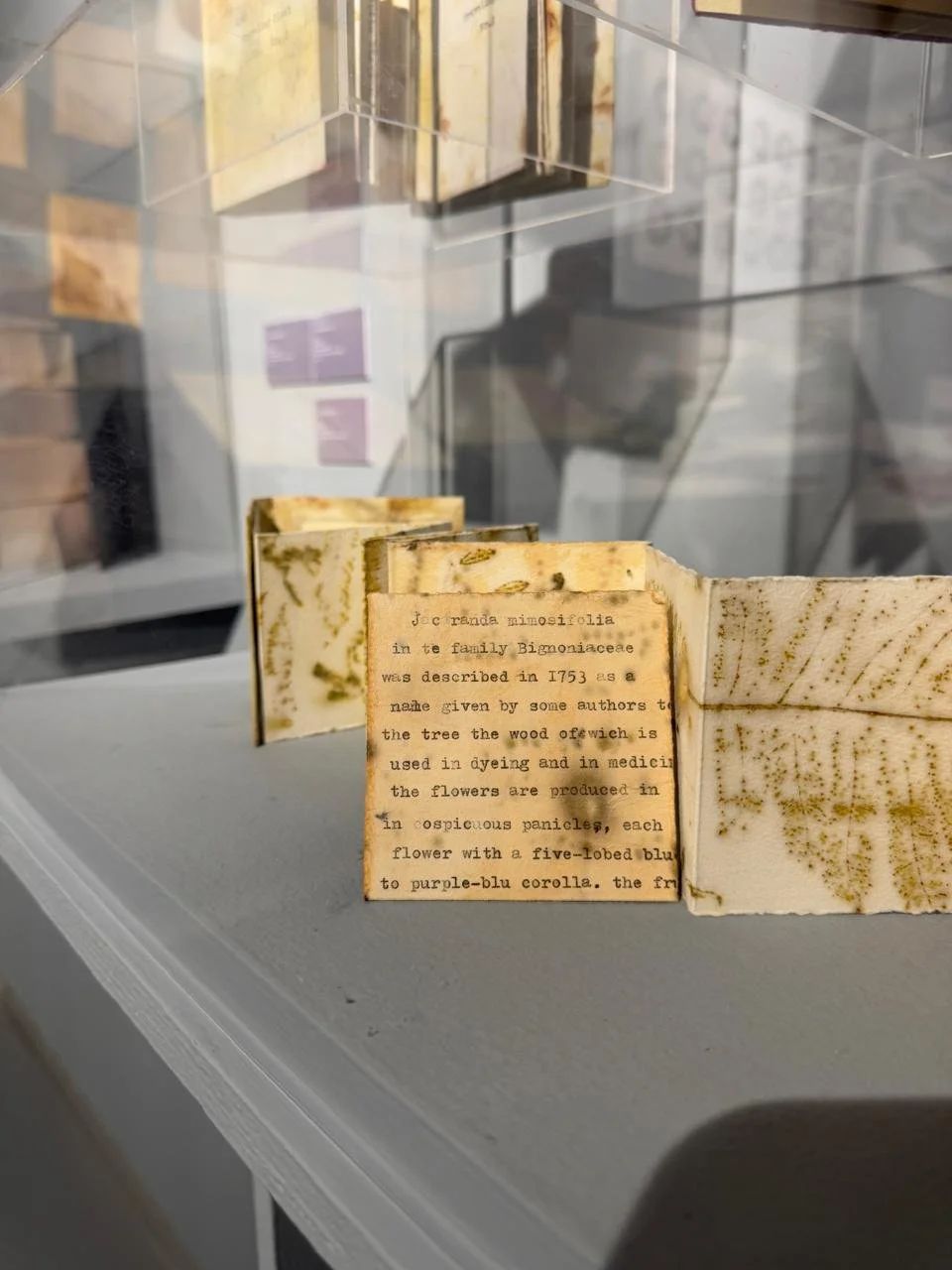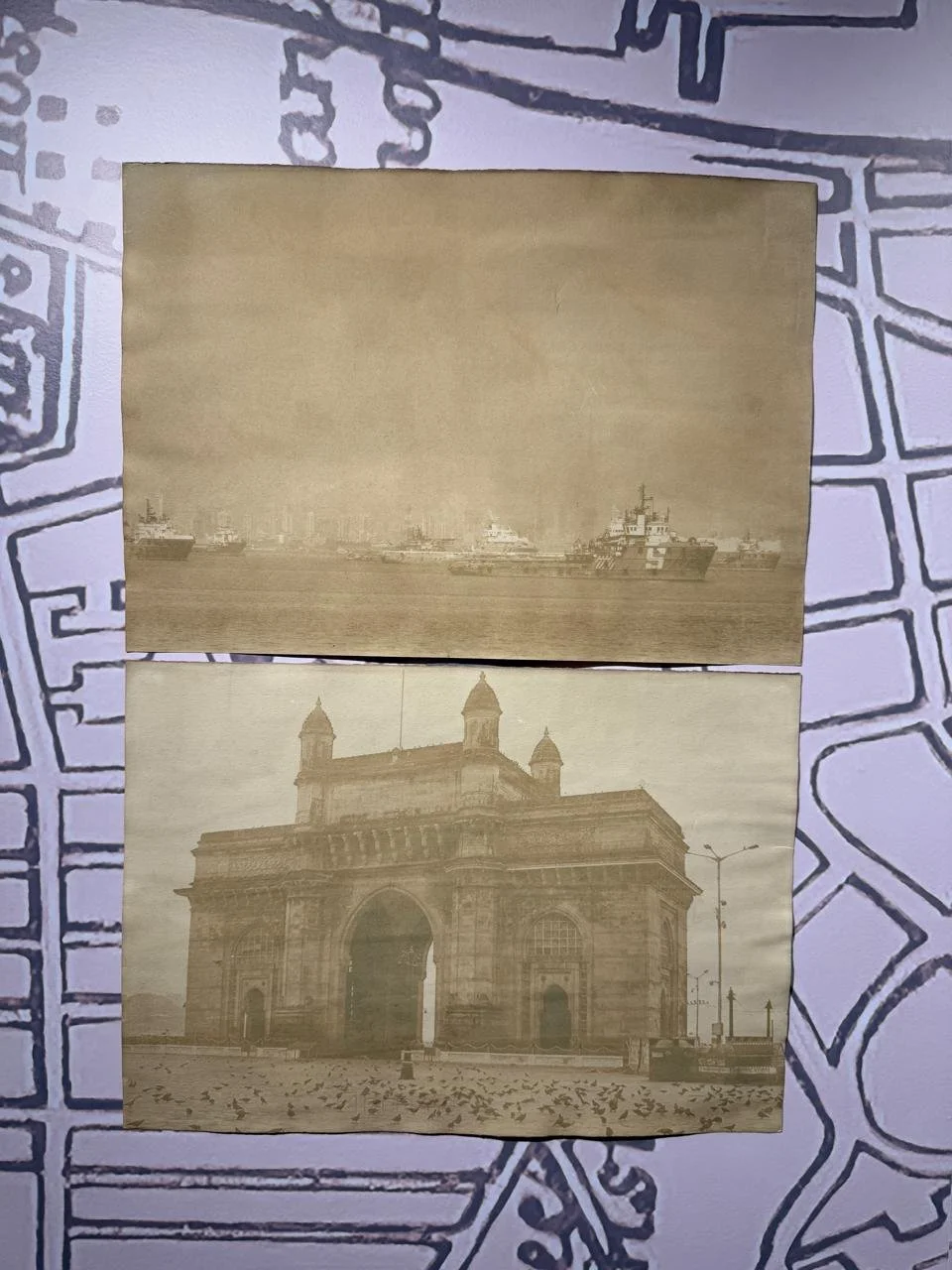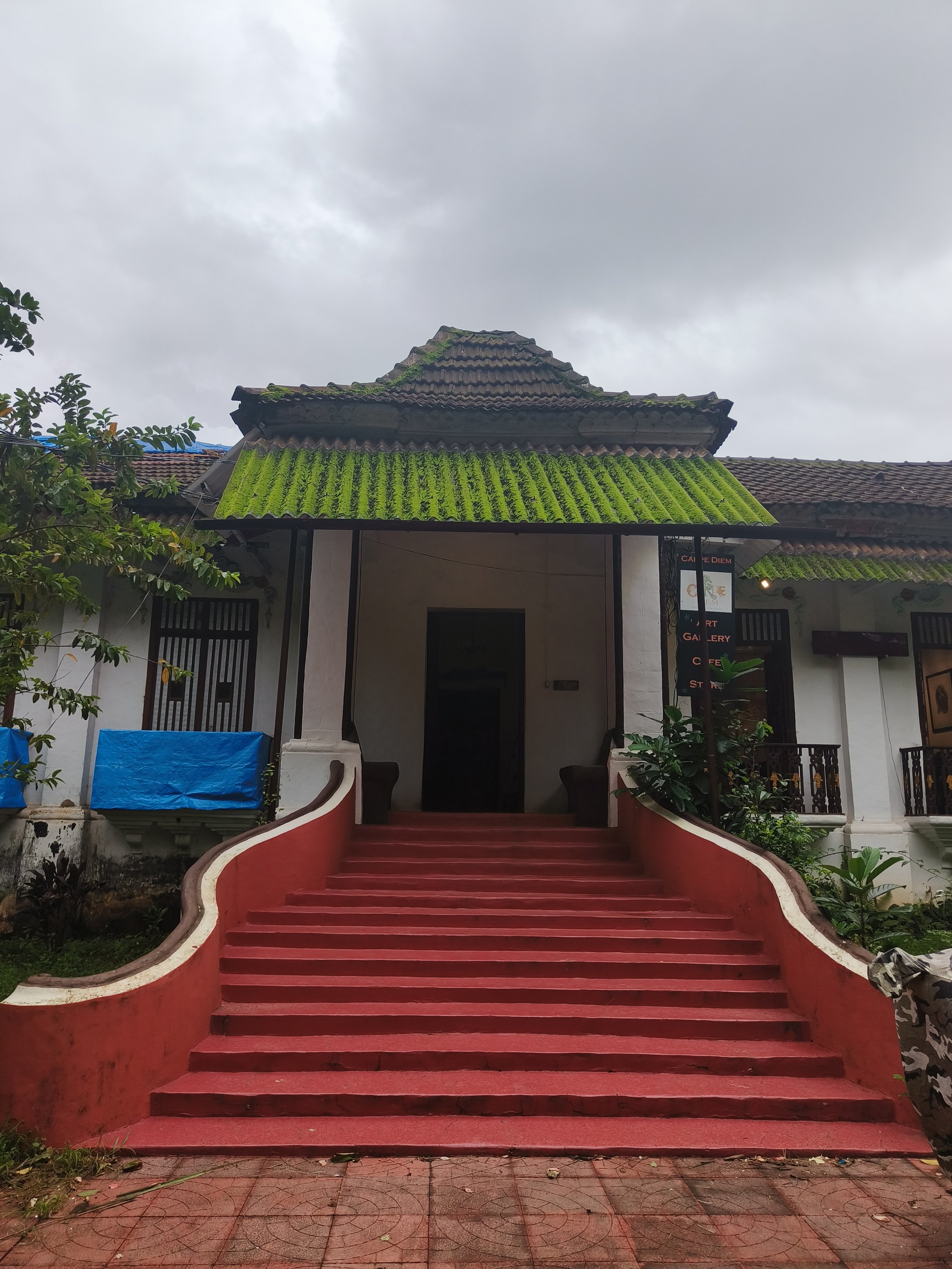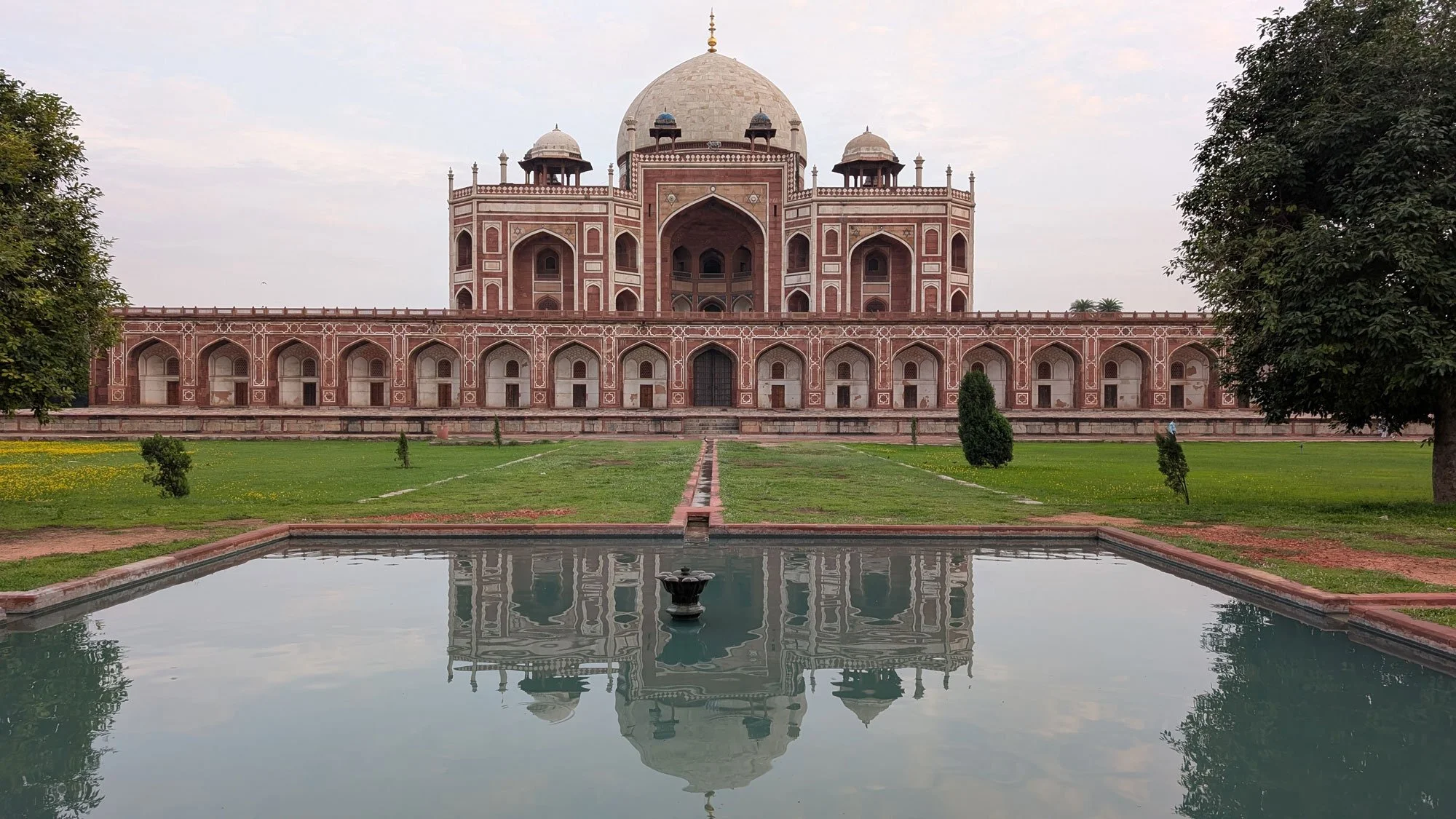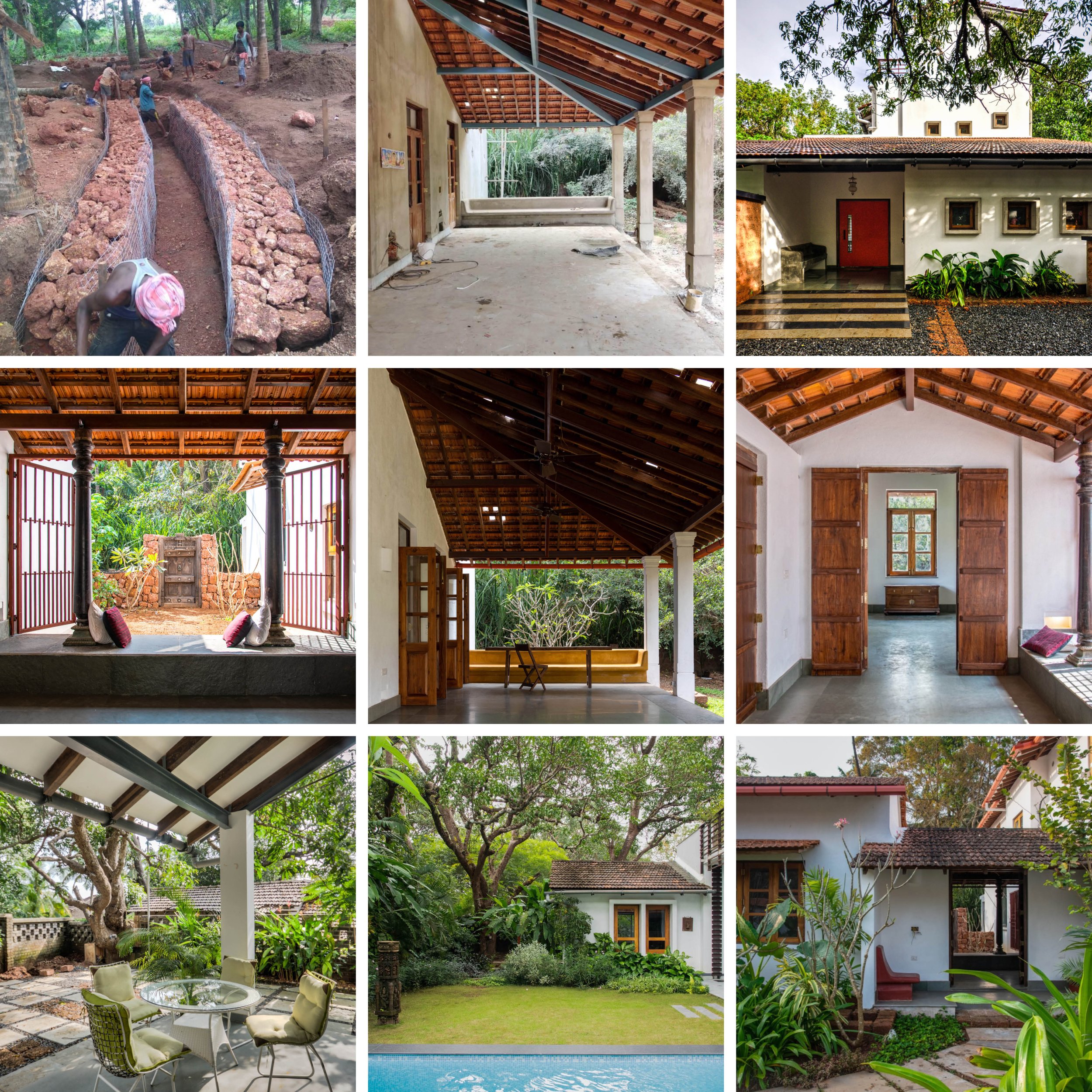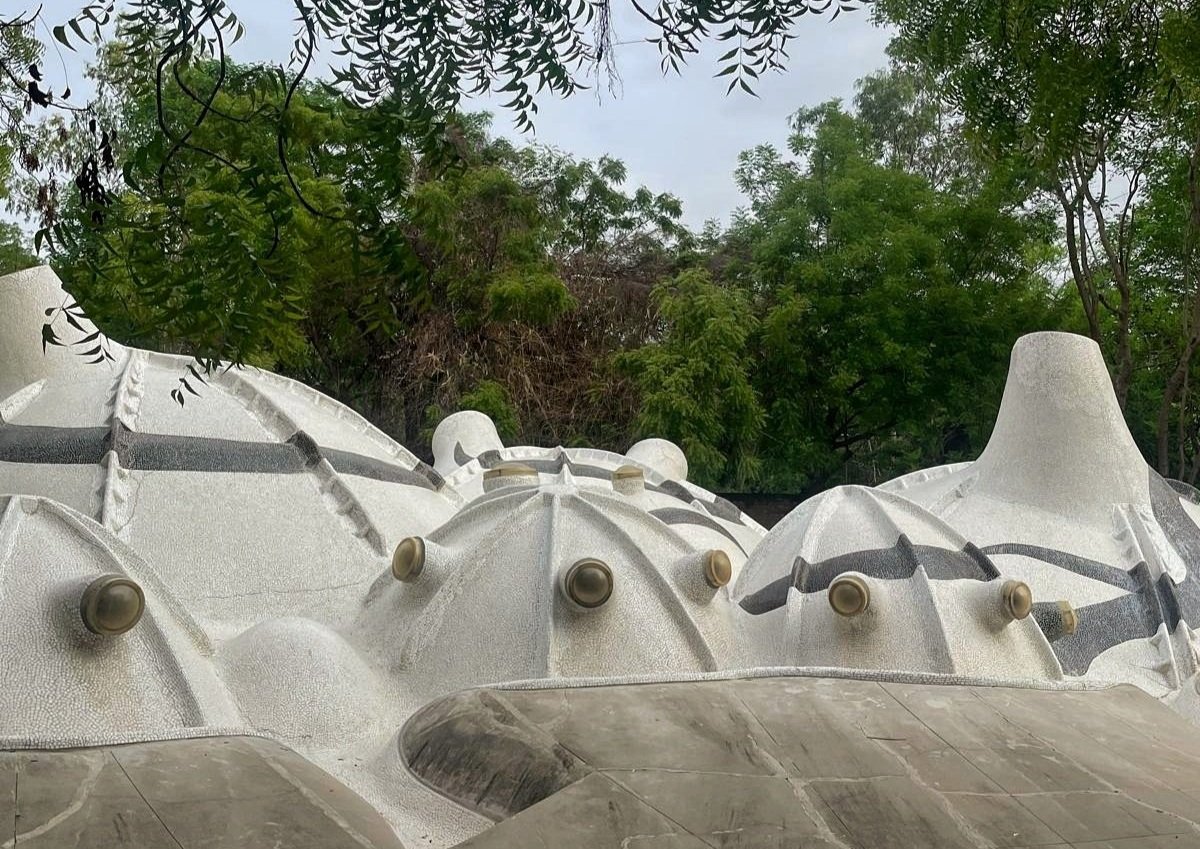In the quiet village of Nachinola, Aldona, a cultural space has taken root - Arthshila Goa. This art and design space is not just a gallery, but a platform for dialogue, exploration, and immersive experiences across disciplines. Before the campus of Arthshila became what it is today, the building itself had a story of transformation and purpose. Originally imagined as a space called ‘Thinkering,’ the venue was an experimental playground for ideas and creative interventions. Thinkering was a place of conceptual ferment, where artists, architects, designers, and thinkers came together to tinker and ideate. Later Thinkering became Arthshila Goa - a formal extension of the vision of Takshila Education Society.
What is Arthshila?
Arthshila is a cultural institute, an initiative by the Takshila Education Society, which has long been committed to promoting education, arts, and public discourse. With other centers in Ahmedabad, Santiniketan, Patna, New Delhi and now in Goa, Arthshila continues the legacy by building interdisciplinary collaboration, curating exhibitions, and hosting events that speak to both local and global audiences. Arthshila Goa, curated by Maanasi Hattangadi and coordinated by Reethee, explores the intersection of art, architecture, cinema, and design.
Since its launch, Arthshila Goa has hosted an eclectic range of curated exhibitions that reflect the ethos of the space - thought-provoking, relevant, and rooted in contemporary discourse. The inaugural exhibition ‘A Desert Meets a Forest: Contemporary Art from the Himalayas; Curated by Latika Gupta’ spoke about a ‘sense of place’ that is difficult to define; geographers, sociologists, environmentalists and psychologists have described it as the particular affective bonds between places and people. The idea of 'place' is continually produced via a relationship with the land, atmosphere, ecology, cultural contexts and the evolving nature of regions, particularly the borderlands which are especially precarious and susceptible to the effects of climate change, geopolitics and unchecked tourism; all of which have an impact on people and their everyday lives and futures. The artists in this exhibition have a deep connection with the Himalayas - from the cold desert high altitude region of Ladakh to the forested borderlands of Arunachal in the Eastern Himalayas; living and working there. The works reflect experiments with material drawn from the land and processes of making that incorporate the wind, water and weather; bringing to us explorations into local histories, ecologies, belief systems and ways of being. During the timeline of this exhibition, events like film screenings, talks, performances, zine making workshops, among others were taking place.
On 22nd March 2025, the new exhibition ‘Kaghazi Pairahan’ opened. A travelling library of artists' publications exploring social and political dissent across South Asia. Curated by Akshay Mahajan & Devadeep Gupta and presented by Editions JOJO, the exhibition showcases photobooks, zines, and pamphlets that examine publishing as a tool of resistance - against state violence, caste oppression, patriarchy, environmental degradation, and censorship. This iteration expands with new works on protest, citizenship, and memory, featuring interventions by Amchem Mollem, Nishant Saldanha, Niharika Chauhan, Krithika Sriram, and
Rajyashri Goody.
The most recent exhibition, on display from 5th July 2025, ‘Lands, Real and Imagined: Women Artists Respond to the Art & Travel Writings of Maria Graham (1785-1842)’. The exhibition features artistic responses by Kavita Shah, Francesca Genna, Isabel Cauas, Leila Danziger, and Paula Bonet - who engage with Graham’s life and work from their distinct cultural and artistic contexts. These responses reflect the curatorial perspectives of Dr. Patricia Frick, a specialist in Victorian literature and women’s travel writing, and Dr. Janice Glowski, an art historian and curator focused on South Asian and Himalayan art.
The Space
Arthshila Goa allows conversation, reflection, and creativity, the spaces offer a range of environments that cater to varied forms of engagement. As you enter the campus of Arthshila, you walk towards the amphitheatre which is the heart of the space. The outdoors serve as an informal gathering zone, ideal for workshops, conversations, film screenings or simply a quiet moment under the sky.
The Galleries (Gallery 1 & 2) at Arthshila Goa invite visitors into a world of artistic exploration. These spaces accommodate a broad spectrum of exhibitions - from painting and sculpture to printmaking, ceramics, textiles, installations, and design. These galleries showcase visual arts, culture, and multimedia formats, encouraging diverse expressions across disciplines.
The Reading Room at Arthshila Goa houses a thoughtfully curated collection of books, periodicals, digital resources, and films focused on architecture, design, and visual culture. Visitors are welcome to explore the library's physical archive, making it a quiet, resource-rich space for public engagement and research.
The Multipurpose Space is a room to host workshops tailored for diverse audiences, accommodating a wide range of interests and competencies. Envisioned as a space for regular collaborative programming, it is also fully equipped to host film screenings, artist talks, and interactive discussions.
The Takshila Vision
The larger body behind Arthshila is the Takshila Education Society, a non-profit organization that supports initiatives in education, arts, and culture. Through Arthshila, Takshila continues to build spaces for critical thinking, dialogue, and cultural engagement. Each Arthshila centre, whether in Ahmedabad, Santiniketan, Patna, New Delhi or Goa, reflects a local sensitivity while aligning with a broader mission of interdisciplinary collaboration.
Why Visit Arthshila Goa?
Whether you're an artist, a student, a researcher, or a curious traveler, Arthshila Goa offers a unique window into the evolving world of art and ideas. So, if you find yourself in Goa and want to go beyond the beaches, head to Nachinola, spend an evening at Arthshila. Let the art speak, the space breathes, and the ideas flow.
Photographs and Posters were taken from Arthshila Goa website and instagram
Photograph credits: Saiesh Mahale & V V Kusum Priya
Text written by V V Kusum Priya
Follow Arthshila Goa:
Instagram: @arthshila_goa
Website: arthshila.org/goa
Plan Your Visit:
Location: 273, Nachinola, Goa
Tuesday to Sunday, 11am to 7pm
Open to all. Entry is free.






























